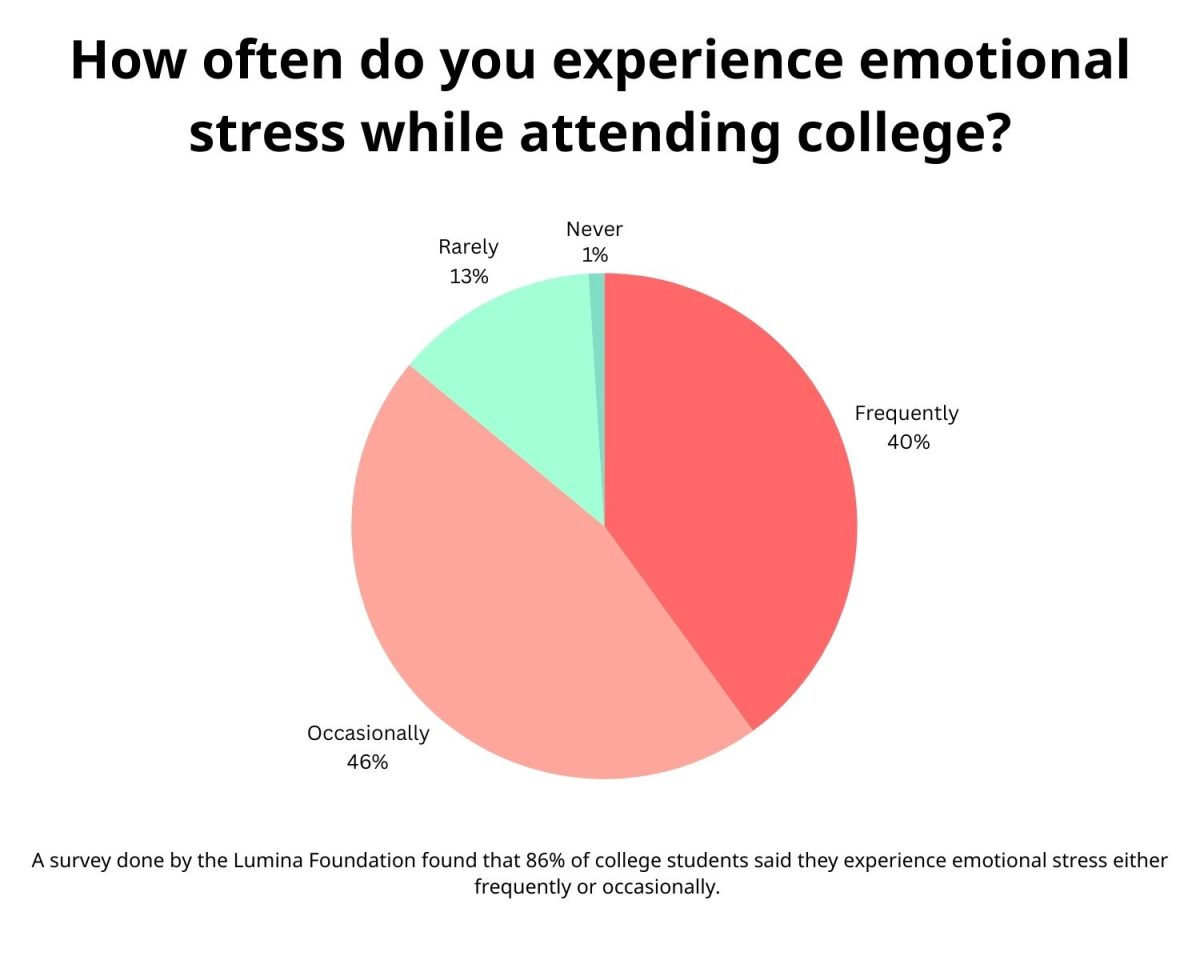Traversing around Mississippi State University’s large campus can be hard for even the fittest of people, but it causes a particular struggle for those with disabilities and those who rely on mobility aids. These students deserve a reliable, quick method of transportation for moments when they need it most — a ride service created specifically for them could do the trick.
While the Starkville-MSU Area Rapid Transit—or SMART—system is a viable and occasionally dependable way of getting around campus, it falls short in accessibility and access for some who need it. Students with disabilities on campus need another mode of transportation that can fill in the gaps where they need it.
Functioning similarly to Uber, the ride service would provide transportation for people with disabilities when they are stuck in an inaccessible area of campus or unable to take a bus to their requested destination. Then, when not in use, the service would remain inactive until help is requested to save on gas and other resources. Ideally, the system would be available 24 hours a day.
For most students, the primary way of getting to class, outside of walking, is the SMART bus system. This system is not perfect but gets the job done for those wanting to get from one area on campus to another in a relatively short amount of time.
However, for those using mobility aids, the SMART busses can be hard to use or even inaccessible.
In my own experience, I often find myself in an area on campus far enough from a bus stop that I would feel the need to call a service to pick me up. As a current freshman, I live on campus and work on campus. I have multiple diagnoses under the Dysautonomia umbrella, and often the distance between my dorm and my work causes me to tire more quickly than usual, especially compared to if there were a bus stop closer to my job.
Since it is not feasible to place a bus stop everywhere students need to go, the distance between the stop and their destination can often be troublesome not just for me, but for many other students with disabilities that impact their mobility.
For example, if a person with Postural Orthostatic Tachycardia Syndrome, or POTS, takes the bus from their dorm to Montgomery Hall but has a class at McComas Hall, the walk between destinations can affect their ability to move for the rest of the day, especially on high-pain days.
While the addition of more stops could help alleviate this issue to an extent, the ride service could almost eliminate it. The ride service would serve as a bridge between certain bus stops and other areas in which none are located.
I take the buses as often as I can, but they can become crowded quickly and often some routes take a long time to get to my intended stop. While this is not an issue of the bus system itself, it can be problematic for those with disabilities who need to be somewhere at a specific time and cannot travel any other way.
On days when I am running late, the bus is often not an option, giving me no other choice but to walk to my destination. A ride service could be the miracle answer to these problems.
Additionally, certain SMART bus routes can become so cramped that even the aisles are filled with people standing. If someone using a mobility aid is even a second late to the bus stop, this effectively kills their chances of making it onto the bus.
Moreover, the system that is used to lift mobility aids onto the bus is unreliable, as it is sometimes not even available to use, causing the person using the mobility aid to be left behind. A ride service would be specifically designed to be capable of holding various models of mobility aids and would house enough space for multiple people alongside multiple mobility aids.
For some students, if the bus system or walking is not a viable option, scooters prove useful. For someone who needs to use a mobility aid or sit down while using a scooter, mobility aid scooters themselves can start from $600 and range higher in price. For those who do not need to sit, normal scooters still start from $200 and work their way upwards in price.
This can be a deal-breaker for many with disabilities. Medical bills and medicine are costly even with health insurance, making saving money a priority for these students, especially if they live in an apartment and have to pay extra for accessibility. The ride service would be free for all disabled students, and operate solely for those who need it, ensuring those with disabilities are prioritized without breaking their bank.
While Mississippi State University has made great strides in providing accessibility to those in need of it, there are still areas in which work can be made. As someone with a disability that affects their stamina day-to-day, nothing is more important to me than getting where I need to be while also prioritizing my health. From inactive wheelchair lifts to travel options, a ride service could be one great step towards a friendlier and more accessible campus for people with disabilities and able-bodied students alike. This effort could bring the student body one step closer to campus-wide equity.







